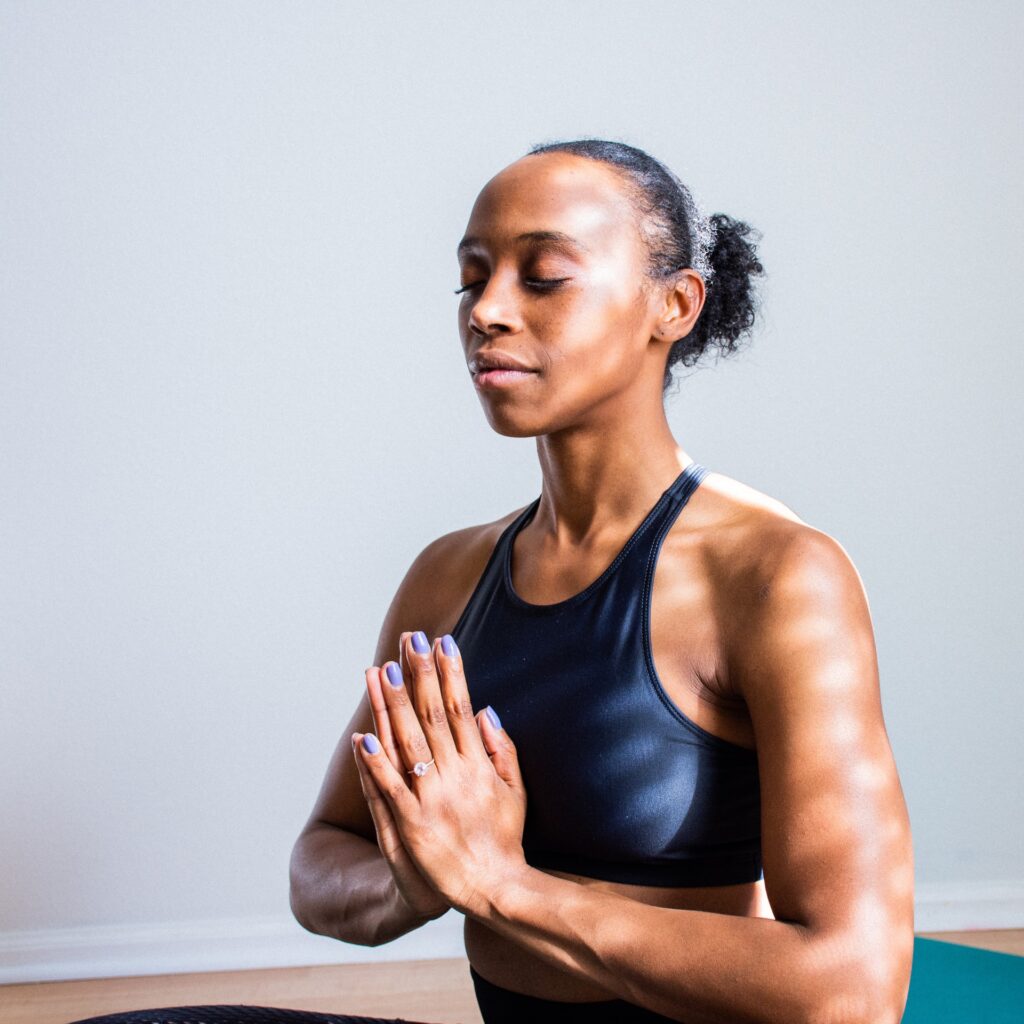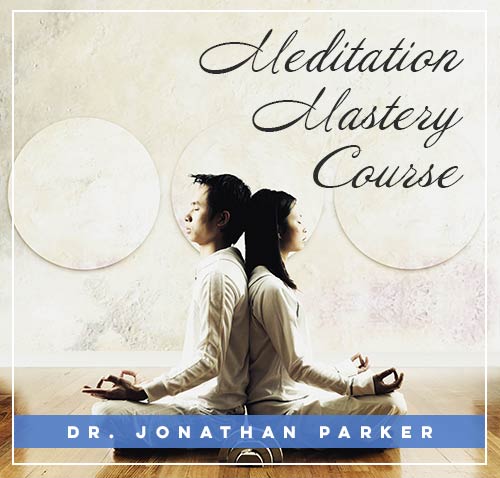What is Meditation? – Definition, Benefits, Techniques, & Tips

Looking for more amazing products? Check out our online store and explore our collection here! Happy shopping!
Before diving in, please note: This post is for informational purposes only. If you’d like to know more about how we approach topics, feel free to check out our friendly Disclaimer Page.
Hey there, amazing readers! 
We’re committed to delivering quality posts, and your support (even just sticking around despite the ads) means everything to us. So, bear with us, and thanks for helping us keep the good vibes rolling. Now, on to the fun stuff!
TRANSLATE BUTTON AT THE END OF THE ARTICLE
What Exactly Is Mediation?
Even though meditation and mindfulness have gained a lot of popularity in recent years, the majority of people still have a hard time defining what meditation is, comprehending its function, and recognizing the benefits that come from practicing it.
This page was created to fill up that void in information.
The Definitive Meaning of Meditation
Meditation is a kind of mental exercise that involves relaxation, concentration, and awareness of one’s surroundings.
Meditation serves the same purpose for the mind as working out does for the body.
In most cases, the activity is carried out just by one person while sitting quietly in silence with the eyes closed.
There are three primary ways to practice meditation, which are as follows:
Meditation is a practice that involves concentrating one’s attention on a single topic or object, whether that thing be internal or external.
Paying attention to whatever is most prominent in your experience at the current time without allowing your attention to get fixated on any one object in particular is an example of observation.
Mindfulness training with open monitoring
Allowing awareness to be present and undistracted when it is not engaged in either focusing on something or watching something is the definition of awareness.
Additional features of meditation include the following:
Even when practiced in a communal setting, meditation is still an individual endeavor (such as at a silent retreat for meditation).
Although the eyes are often closed during meditation, this is not always the case.
Some forms of meditation, such as zazen and trtaka, include keeping the eyes open.
Stillness of the body is a common need for meditation.
However, there are additional methods to practice mindfulness while walking and to incorporate it into a variety of other activities.
To “ponder carefully” about something was the original meaning of the term “meditation,” which comes from the same root.
In spite of this, in order to provide a definition for eastern contemplative activities that were “imported” into Western society, this phrase was employed since there was no other word that adequately described them.
In modern times, the term “meditation” refers more to the practice of training one’s attention than it does to the act of profound reflection.
Here are several more interpretations of the term “meditation”:
In the Christian religion, meditation is a kind of contemplative prayer that aims to develop a feeling of oneness with God through the study of many aspects of the faith.
Meditation is one of the three primary practices in Buddhism that are seen as essential to the eradication of mental impurities and the arrival at Nirvana.
Meditation requires not only the concentration of one’s attention but also mental serenity and introspection, commonly known as “gazing inside.”
Therefore, meditation is slightly distinct from other practices geared at personal growth or spiritual growth, such as the following:
Affirmations, self-hypnosis, and guided imagery are examples of techniques whose primary purpose is to instill a certain message into the user’s consciousness.
Pure relaxation, in which the only objective is the release of tensions held inside the body
A purposeful outpouring of thought and emotion, aimed toward a deity, is what we mean when we talk about praying.
The act of intentionally engaging one’s cognitive processes with the goal of gaining a more profound familiarity with a topic or principle is known as contemplation.
Trance dancing is a kind of dance in which the primary objective is often to induce visions or an altered state of consciousness.
Pranayama and the majority of qigong styles are breathing exercises that concentrate on establishing a certain pattern of breathing in order to cleanse the body.
All of these activities are beneficial in their own right, but they are not the same as meditation, despite the fact that some meditation approaches may make use of certain parts of these practices.
The Positive Effects That Meditation Can Have
There are numerous advantages to meditation that have been verified by scientific research.
Meditation can keep you healthy, help you avoid many illnesses, make you emotionally happy, and increase your performance in almost any activity, whether it be mental or physical.
This is something that millions of people who practice it already know to be true.
Studies validate this experience.
Some of the advantages become apparent in as little as eight weeks of regular practice, while others require much more time to develop and are directly correlated to the amount of time spent practicing each day.
There are a number of benefits to meditating, each of which is experienced differently by various individuals.
On the other hand, individuals are often motivated to train as a result of one of the following three factors:
Specific benefits include enhancements to your health and well-being, as well as enhanced performance and concentration.
Self-knowledge, emotional healing, self-discipline, and letting go are all essential components of growth.
Connecting with God, finding inner peace, and achieving other spiritual objectives are all aspects of spirituality.
Whatever it is that gets you into meditation, it’s a wonderful thing.
Your level of consistency and dedication to developing this habit will directly determine the extent to which you will get the rewards you want.
However, the larger the area over which you cast your net, the greater the number of fish you will catch.
Because of this, I would want to urge you to practice not just for a specific purpose but also for the sake of the exercise itself.
As the benefits of the practice become more apparent in your life over time, your motivation may also change.
Ways to Practice Meditating
Because there are hundreds of different ways to meditate, it is possible that it may take some time for you to discover the one that is most beneficial to you.
The strategy that I suggest you take is to keep a record of your experiences as you try out several forms of meditation for brief periods of time (say, one week each) and then switch things around.
After some time has passed, you will be better able to choose the method of meditation that is best suited to your own needs.
Advice on How to Meditate
The following are some broad recommendations about the method:
Meditation may be practiced in a sitting position, either on a chair or a cushion.
The most important aspect of correct posture is ensuring that the spine is completely straight from the lower back all the way up to the neck, and that it is preferably not supported by anything.
Time
The ideal time to meditate is first thing in the morning, so that you don’t miss it and the influence on your day is bigger.
However, you can feel free to meditate whenever it is convenient for you.
Location
A location in which you can sit quietly without being disturbed.
Ideally, a location that is serene, uncluttered, and spotless is needed in order to have a positive impact on the state of the mind.
Length
You may begin with as little as five minutes and then add one or two minutes per week until you’re doing sessions that last twenty minutes or more.
Your starting point is five minutes.
Here are six more suggestions to ensure that you are getting the most out of your practice.
They are not required, however, doing so will make your meditation sessions more productive:
It is not healthy for your body to remain weary.
Therefore, preferably not immediately after strenuous activity.
Your consciousness needs to be alert.
This should be avoided at all costs when fatigued or drowsy.
Your stomach shouldn’t be too full.
Wait at least two to three hours after eating a large meal.
During your practice, switch your phone to airplane mode.
Before beginning meditation, do some deep breathing techniques to help relax your body.
When you meditate at home, you should wear clothing that is loose-fitting and comfortable.
After selecting your method, the next stage is to focus on developing the meditation habit (please refer to the following section for further details) and gaining a deeper understanding of how the meditation process works.
How Should One Get Started with a Routine of Daily Meditation?
If you want to experience the full benefits of meditation, you need to make it a regular part of your routine.
In such a case, the effects will not be as long-lasting and will be more superficial.
Nevertheless, developing a consistent practice of meditation may be difficult, particularly in the beginning stages of the process when one’s enthusiasm for the activity is not yet very strong.
It is necessary to have a certain amount of self-discipline.
By adhering to this strategy of seven phases, this procedure may be significantly streamlined and made more manageable:
Discover your genuine values.
Establish a connection between your meditation practice and the core principles you hold dear, and explain how your practice will advance those principles.
Make a commitment to a certain time, location, and practice.
Create an inciting event and a desirable outcome.
Use a notebook or a journal as a tool to hold yourself or others responsible, or both.
Have the correct mentality, which consists of having no expectations and a dedication to never reaching zero.
Meet with other meditators, either in person or online; this step is optional.
If you are inspired on the article above, I will share with you an amazing program that can accompany you as you embark on your meditation experience.
Guided Mindfulness Practices with Jon Kabat-Zinn mp3 – Series 1, Series 2, Series 3 mp3 Bundled Together
This collection of Jon Kabat-Zinn’s lectures on mp3 includes the whole set of his key works, which together make up the core practice curriculum of mindfulness-based stress reduction (MBSR) in the Stress Reduction Clinic.
Series I, II, and III are now available to be purchased at a substantial discount as a bundled set for the very first time.
In addition to that, you will get unrestricted access to the audio and video versions of the Stress Reduction Program when you purchase this package.
Full Catastrophe Living: By using the Intelligence of Your Mind and Body to Face Pain, Stress, and Illness is the title of Dr.
Kabat-Zinn’s book, and these exercises are intended to be done in combination with it.
This book contains in-depth explanations of these techniques as well as photographs illustrating the mindful hatha yoga patterns.
These programs have been utilized by thousands of people either on their own or in conjunction with the book in order to initiate and maintain a meditation practice that is founded on mindfulness and to reap the benefits of meditation’s potential to reduce stress, promote healing, and bring about transformation when it is practiced on a regular basis.
Listen to a Sneak Peek of Body Scan Here:
More Products About Meditation:
Super Still – Deepen Meditation
More of TheEnlightenmentJourney:
Do you want INNER PEACE & ZEN MINDFULNESS?
14 Great Benefits Why You Should Unclog Your Chakras – Amazing Results You Shouldn’t Missed!
16 Awesome Benefits of Yoga You Probably Didn’t Know
How to Explore States of Consciousness with Mind Machines

The Enlightenment Journey is a remarkable collection of writings authored by a distinguished group of experts in the fields of spirituality, new age, and esoteric knowledge.
This anthology features a diverse assembly of well-experienced authors who bring their profound insights and credible perspectives to the forefront.
Each contributor possesses a wealth of knowledge and wisdom, making them authorities in their respective domains.
Together, they offer readers a transformative journey into the realms of spiritual growth, self-discovery, and esoteric enlightenment.
The Enlightenment Journey is a testament to the collective expertise of these luminaries, providing readers with a rich tapestry of ideas and information to illuminate their spiritual path.
Our Diverse Expertise
While our primary focus is on spirituality and esotericism, we are equally passionate about exploring a wide range of other topics and niches 

To ensure we provide the most accurate and valuable insights, we collaborate with trusted experts in their respective domains 
Our blog originally focused on spirituality and metaphysics, but we’ve since expanded to cover a wide range of niches. Don’t worry—we continue to publish a lot of articles on spirituality! Frequently visit our blog to explore our diverse content and stay tuned for more insightful reads.
Hey there, amazing reader! 
Check out our store here and take a peek at some of our featured products below! Thanks for being awesome!















